-
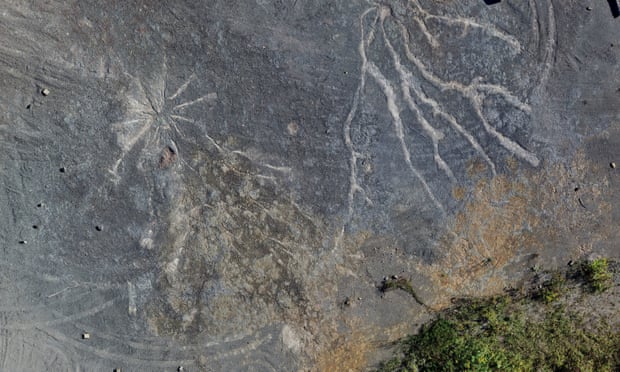
In past blog posts I have discussed the use of proxy data to determine temperatures and precipitation from the past. Tree rings can go back hundreds of years, ice cores can go back thousands to 100,000 years or more, and other records like pollen in lake deposits can also provide clues to climate at particular…
-
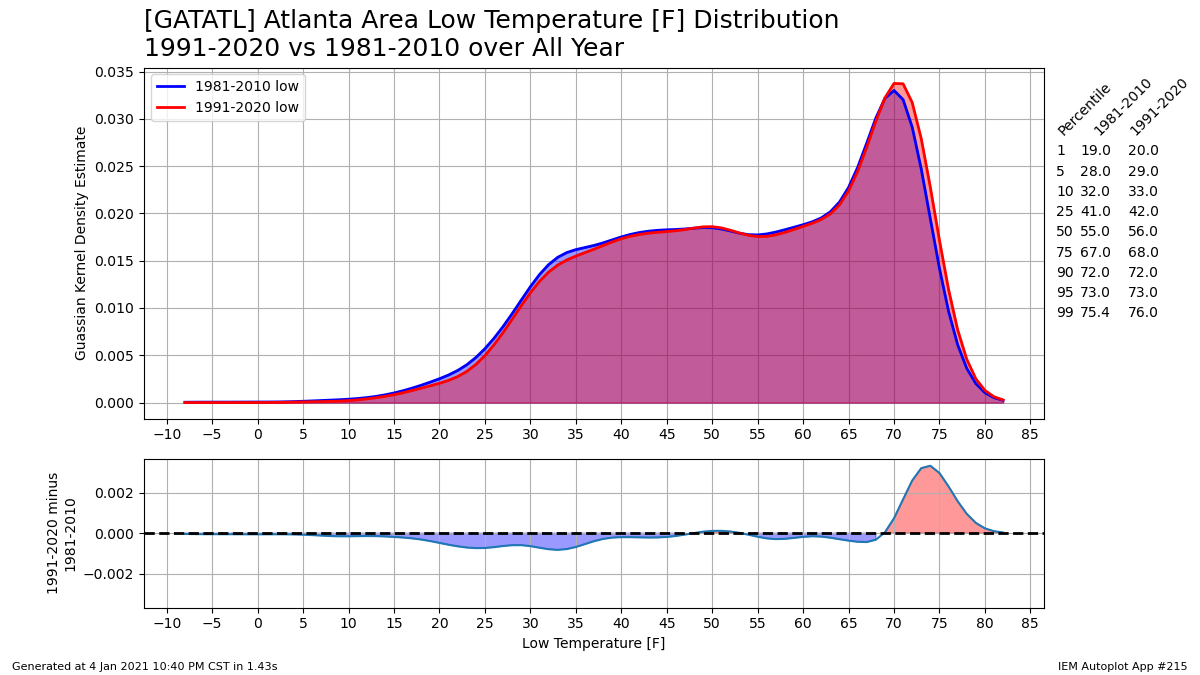
If you read climate summaries often, you know that most descriptions of what the climate was like in a particular month or year is put in terms of a departure from normal. But what is ‘normal’? For climatologists, ‘normal’ is a 30-year average of temperature or precipitation which is intended to describe the expected climate…
-
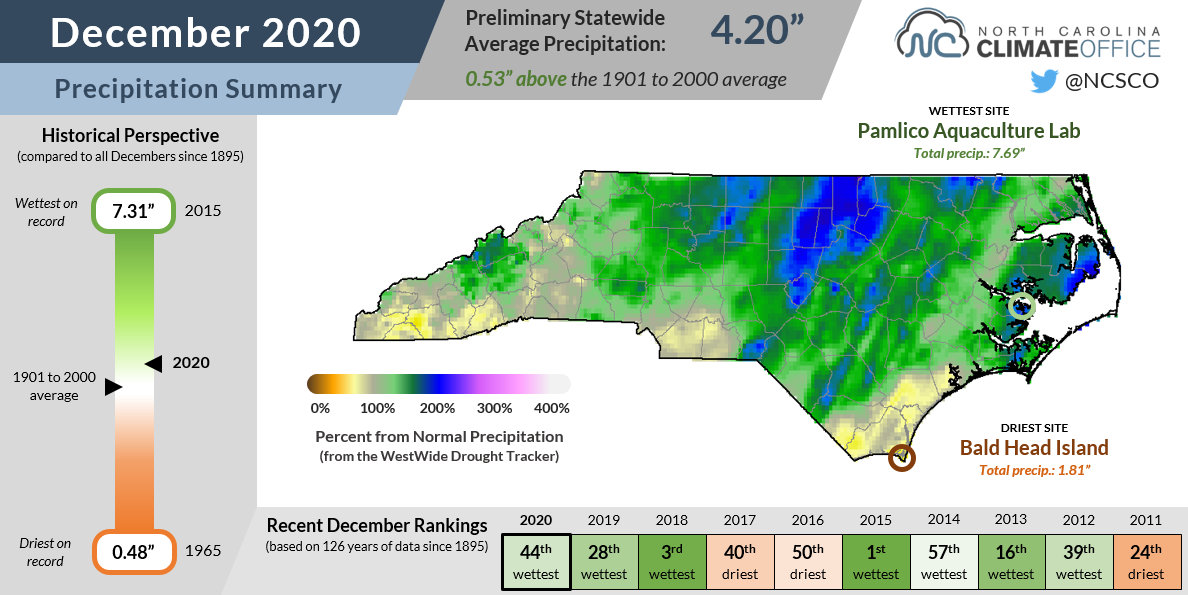
The climate summary for December and 2020 as a whole for North Carolina are now available from the North Carolina Climate Office. You can view it at https://climate.ncsu.edu/climateblog?id=330&h=5666e5c1.
Posted in: Climate summaries -

Here are a few stories I have seen over the holiday break that provide overviews of the past years. 50 Satellite Images from 50 Years of NOAA The top 10 weather and climate events of a record-setting year Top 10 Weather Events of 2020 2020 was an extreme year for Earth’s temperatures. But was it…
Posted in: Climate and Ag in the news -

Citrus has a long history in Louisiana, where warm temperatures have produced a great area for the growth of citrus trees, especially near the Gulf Coast. But that location is bad for hurricanes, and in recent years citrus farmers have been repeatedly pummeled by the direct effects of the wind as well as the indirect…
-
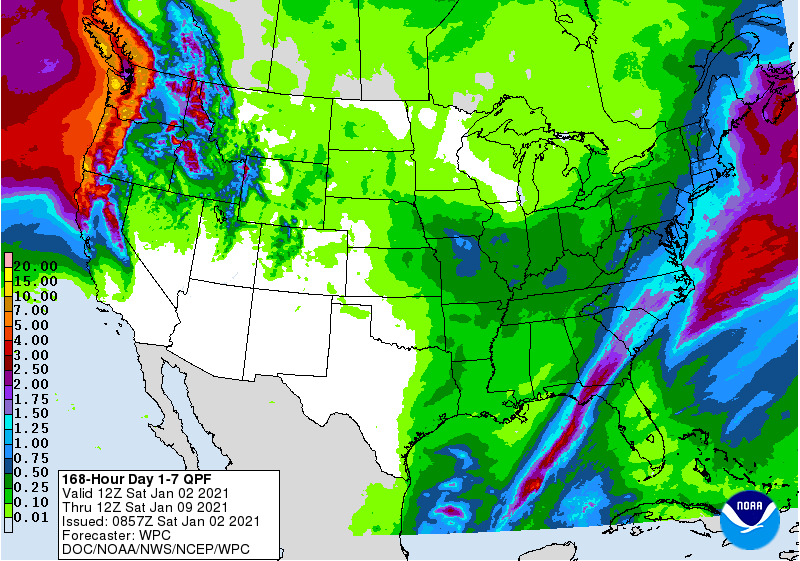
The rain that is falling in a band stretching northeast from Apalachicola, FL through southern GA and on into the Carolinas should exit the region by the end of the weekend, bringing dry conditions through mid-week. Other areas will see lighter amounts of precipitation. The next system will start bringing light rain to the region…
Posted in: Climate outlooks -
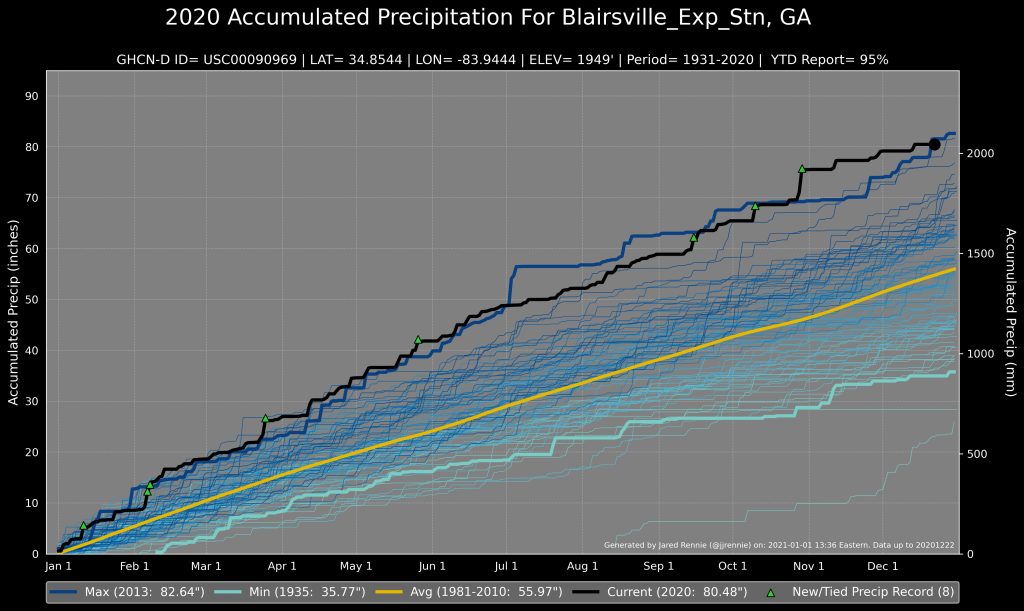
Here is a new web site that you can use to show year-to-date temperature and precipitation for individual stations across the US. It includes accumulated degree days as well. You can view it here and click to pick your station of interest. Use the Layer list to pick what variables you want to see. The…